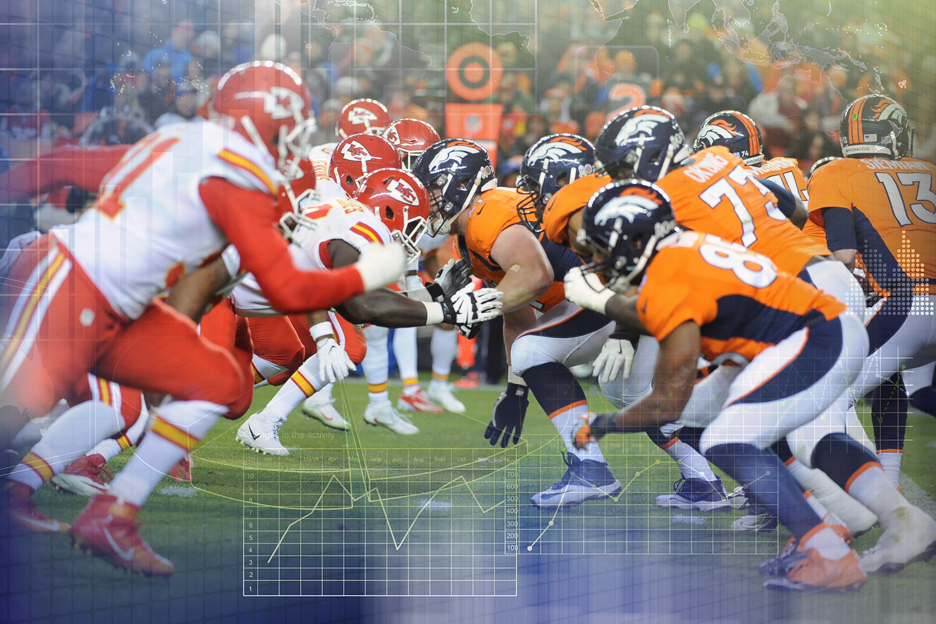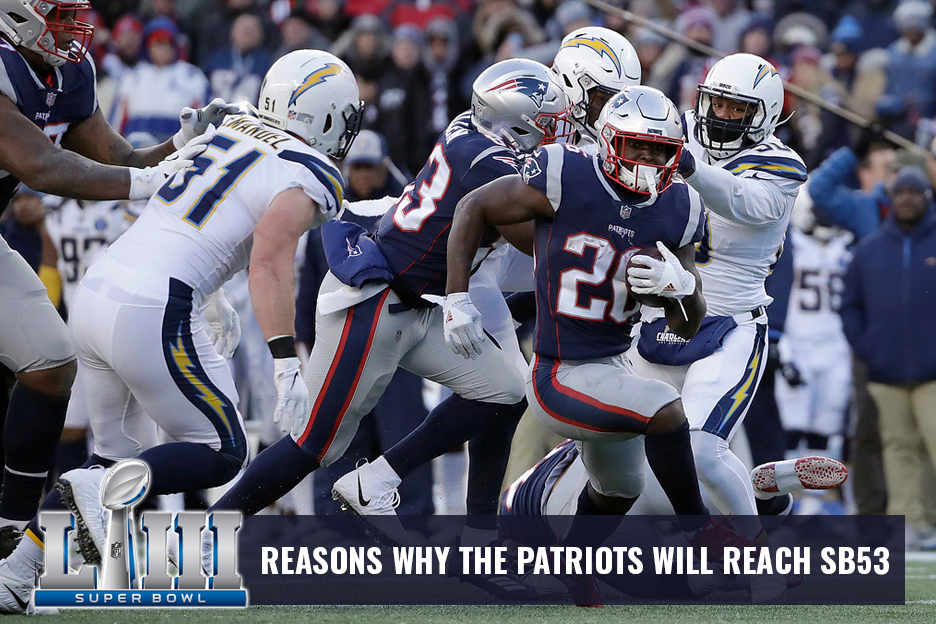

Posted in: General

Gamblers are often told when they regret past decisions that hindsight is 20/20. But hindsight can actually be used to improve your sports betting strategy.
You can use backtesting to verify that your betting system is worth using ahead of time. Likewise, you can figure out if a strategy should never see the light of day.
Backtesting is a great way to test a strategy before you risk real money with it. And while you won’t guarantee profits with this technique, you’ll at least have a better chance of winning.
That said, I’m going to cover more on what backtesting is along with how you can use it to maximize your sports betting winnings.
Backtesting is the process of evaluating a sports betting strategy based on relevant historical data. This same technique can be applied to cryptocurrency, forex, and stock trading.
Backtesting lets you simulate what would happen if you use a strategy over a certain sample size. When done correctly, this technique helps you determine the success of your strategy.
The goal in sports betting is to win over 52.4% of your bets. 52.4% is the breakeven mark for wagers that involve 10% juice (a.k.a. vigorish).
The higher your betting strategy scores over this mark, the more confident you can be that your system will produce winners.
On the reverse side, you can also scrap a strategy that tests below a 52.4% win rate. Another option includes tweaking a system and retesting it to see if the results are better.
It’s best to use a large sample size so that you can accurately assess if your strategy will work.
The first part of backtesting involves developing a sports betting strategy. I’ll cover how you can create a detailed betting system in the next section.
But for now, I’ll use a simple strategy involving a home favorite covering the spread after a loss.
This is a common strategy used by bettors who don’t like coming up with detailed systems. But you can figure out how accurate the strategy is by backtesting it.
You should make a spreadsheet that includes data on your system, including all relevant games, dates, which side you’d bet on, and the actual result.
You must also decide what sample size you want, because there are many situations like the one described above.
This is preferable to testing the entire NBA because you don’t have to comb through 1,230 games to check your strategy.
If you want to test for a detailed system with a large sample size, you might consider hiring somebody. Outsourcing the work frees you up to focus on current bets and/or your day job while somebody else crunches the numbers.
An even easier and/or cheaper way to backtest your strategy is to use software. This is especially nice if you can find what you need through free programs.
One good site for free data crunching on historical trends is KillerSports. The obvious advantage here is that you can quickly find and analyze data for your strategy.
House-banked casino games like baccarat and blackjack are subject to the saying “past results don’t predict future results.” But you’re dealing with fixed odds in these games.
Sports betting is different because you can influence your long-term chances of winning by consistently finding value in lines. Therefore, you can test out betting strategies by using previous games under relevant parameters.
Think of this like making team roster cuts for your sports betting strategies. Choosing the right players (strategies) and cutting the wrong players improves your likelihood of success.
Another good thing about backtesting is that it gives you a trial without risking money. This is like paper trading with stocks or cryptocurrencies before buying these assets.
Imagine putting actual money at risk just to test out different betting systems. You’d lose a good portion of your bankroll on the strategies that don’t work.
Backtesting ensures you don’t have to do this, and you can test the viability of multiple strategies without risking your bankroll.
This method is especially effective when you backtest 100+ matches over multiple seasons. This gives you a strong sample size that can be used to confidently determine if a system works.
The biggest con here is that you’ll need to put some work into backtesting. It can take days to compile data into spreadsheets and analyze the results.
Software makes this process easier. But you still must learn how to use the software and input the right criteria.
Another problem is that backtesting doesn’t appeal to most recreational bettors. This is especially the case if you don’t like math and running numbers.
Also keep in mind that results from backtesting don’t always involve the lines you’d normally take. In other words, those who track line movement and bet accordingly might not take the same odds found in historical data.
Finally, some data is hard to backtest for. One example is team totals, which can take some digging to find.
You might come up with a betting strategy you want to test for that revolves around team totals. But your work will be for nothing if the historical data can’t be accessed.
The most common way to handicap a bet is by looking at various factors to find value. For example, an NFL bettor could look at the injury list, weather/field conditions, previous matchups, and both teams’ last three performances.
A sports betting system contrasts this by offering a template or process for how you make wagers. Essentially, this is a shortcut that you can use again and again with similar bets.
A simple example involves making a second-half bet on the underdog when they’re being blown out by the favorite. This system is based on the idea that the favorite will let up, and the underdog will play harder to avoid being embarrassed.
Of course, most successful sports betting strategies are more complicated than this.
The reason why is because sportsbooks have adjusted to easy, effective strategies over time. When a sportsbook becomes aware of a successful strategy, they can change their line slightly to make this system less profitable.
The best systems exploit trends that lead to betting success. But they may also include non-statistical measures like the weather and injuries.
The fun thing about making betting strategies is that there are no hardline rules. Instead, you can come up with your own theory based on statistics, non-statistics, or a combination of both.
The best thing about statistical systems, though, is that they’re easier to test than ever before. This means you can come up with strategy that sportsbooks might not look for and backtest it quicker than previous generations could.
But the flip side is that sportsbooks also have access to these same tools. This means that your best chance of creating a winning system is finding stats that not everybody else uses.
Here’s a sample system that I can test:
This strategy may not ultimately work based on the backtest. But it offers a starting point for developing your own system based on stats.
You’ll become more proficient at this the longer you spend with sports betting.
I can’t stress enough how important it is to use a large sample when backtesting. The reason why is because you want to cut down on variance and get the most accurate result possible.
You can’t confidently assume that your system will work after testing 10 games. It’s very possible that you could win or lose seven games in this short span.
The odds are highly unlikely that you’d win or lose 70% of your bets with any system long term. A bigger sample reduces this problem and creates a more realistic result.
You should use additional games if they’re available based on the parameters of your system. The only reason why you wouldn’t use more data is if something significant about the sport has changed within the past few years.
Don’t use the excuse that it’ll take too long to keep looking for and testing additional systems. If this is the case, you should just make bets based on regular factors and ignore systems.
Another thing that testing larger samples does is it reduces the chances of confirmation bias, where one uses minimal evidence to confirm their pre-existing theories. Confirmation bias is an enemy when trying to make good decisions.
I like to have at least 100-200+ games over multiple seasons to use when testing. This gives you just enough data to provide a reasonable conclusion on your system’s success.
On the reverse side, don’t throw so many variables into a system that it seems impossible to test for. Most successful betting systems have 4-7 variables, meaning you don’t have to go crazy and develop the most complicated strategy ever.
Also note that you can come up with ideas to test for just by watching games. For example, you could be watching a baseball game and think about testing for road teams covering the spread when their starting pitcher goes 6+ innings.
This has likely been used, but it’s an example of things that can pop into your head when watching a game.
It’s exciting to come up with a unique betting strategy and envision yourself winning lots of money with it. But you also must be honest when you test over a reasonable sample size and find out that the system is a loser.
But many people, including myself, rationalize on how the strategy can work even if the numbers say differently. Here some things that I’ve told myself and after backtesting a failed system:
If you test a system over 100+ games and it doesn’t exceed a 52.4% win rate, then it’s not worth using. You don’t have to lie to yourself or reason why it could work.
Lying to yourself will only cost you money in the end.
Don’t get discouraged if you test a system and it’s a loser.
Sure, it’s deflating to pour hours into developing and testing a failed strategy. But sports bettors often go through a dozen ideas or more before they find a guaranteed winner.
Even if you do find a slight winner in the beginning, you can keep creating and testing new strategies. This can help you find an even better system that wins a larger percentage of the time.
Also, keep in mind that you should be willing to adapt when a strategy stops working.
As I covered before, sportsbooks can figure out what winning strategies bettors are repeatedly using and work to combat them. If you have a highly successful strategy, note that it’s not going to work forever.
But if you keep testing systems and avoiding complacency, then you’ll keep up with the trends and develop new winning strategies.
Most betting systems are just in-depth ways to lose money. I don’t say this to be discouraging but rather to point out a fact, so you don’t obsess over making one strategy work.
This also isn’t to say that developing systems and backtesting strategies isn’t worth the time. You’ll eventually find one or more winners by pouring yourself into the matter.
Another thing to note is that sometimes you’ll backtest the winning strategy, only to lose money when putting it into practice. This is common with systems that backtest just above 52.4%.
Rather than scrapping these strategies entirely, you can always tweak them and test again.
If you ever develop a betting system based on stats and/or other important factors, then backtesting is a great way to see if it will work in practice.
Granted, you’re only testing historical results. But recent data from the last 2-3 years is a good indicator of future sports betting success.
This contrasts what gamblers in house-banked casino games learn, where past results don’t determine future outcomes.
It never hurts to be pessimistic when backtesting strategies. The last thing that you want to do is convince yourself a system works when your backtest indicates otherwise.
I advise developing and testing for at least 5-10 systems when considering that most of the strategies don’t work.
Don’t be concerned with how much time you’re investing into the systems versus making real bets. It’s better to test a loser in theory than to lose money doing the same.
Lastly, you’ll become better at backtesting and creating wagering strategies over time. Odds are that you’re going to eventually develop a winner if you keep theorizing and putting your strategies to the test.








